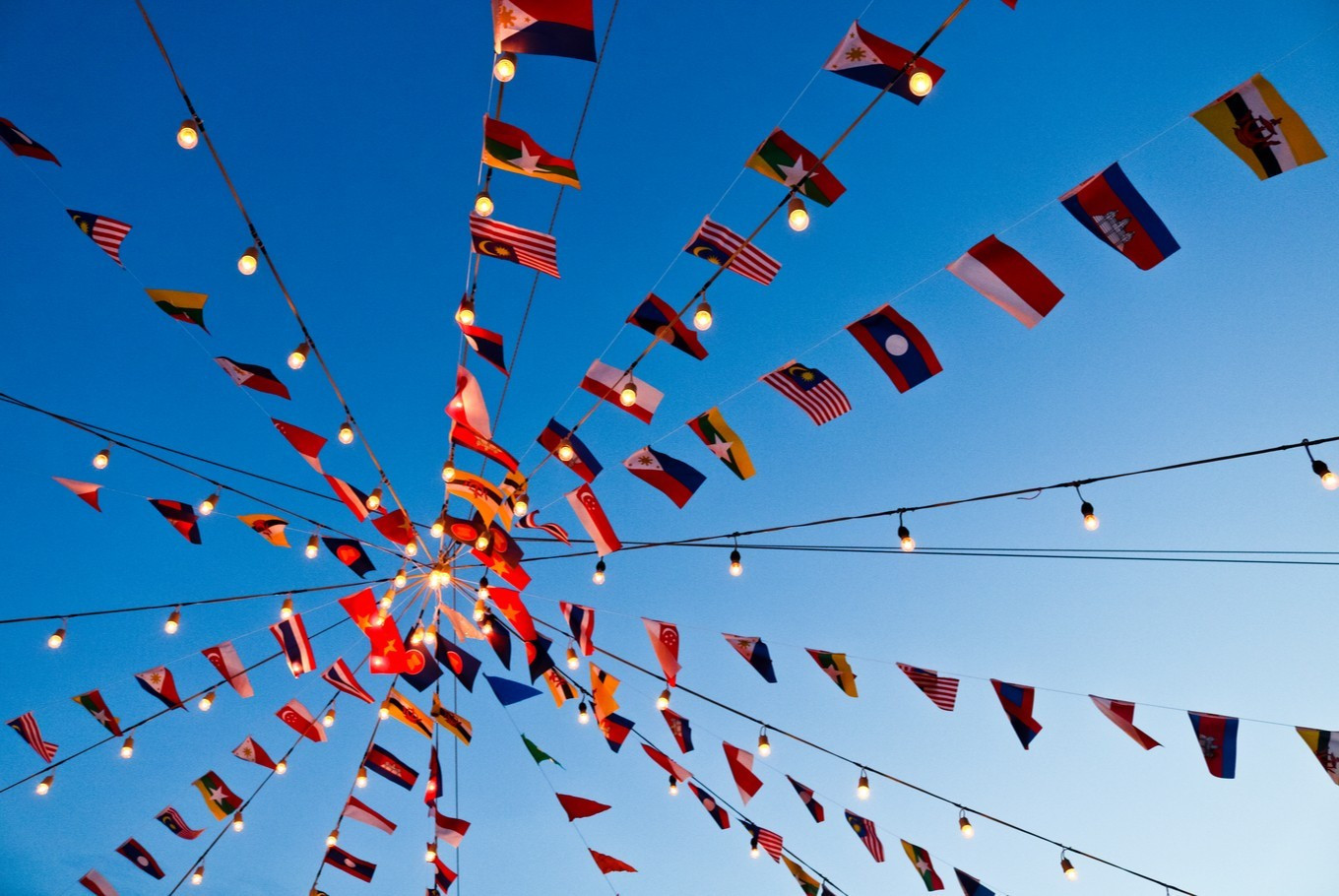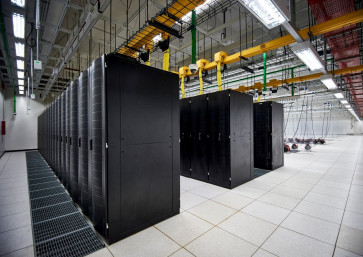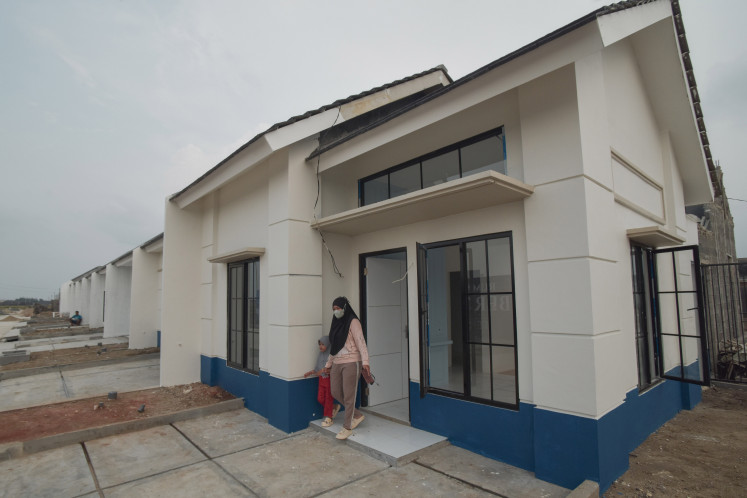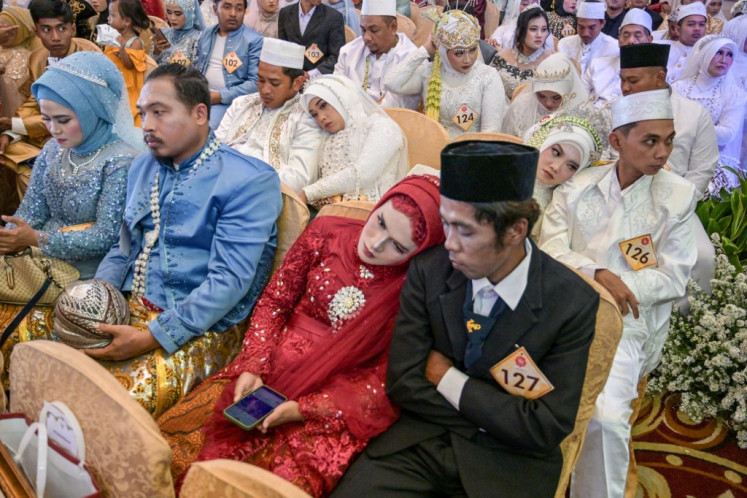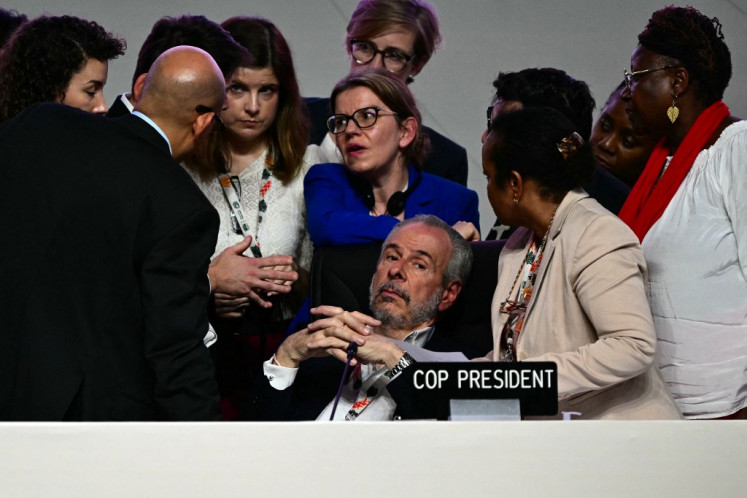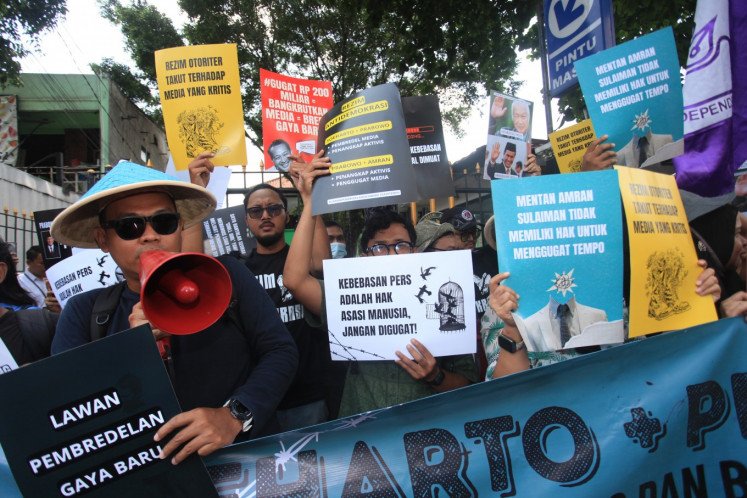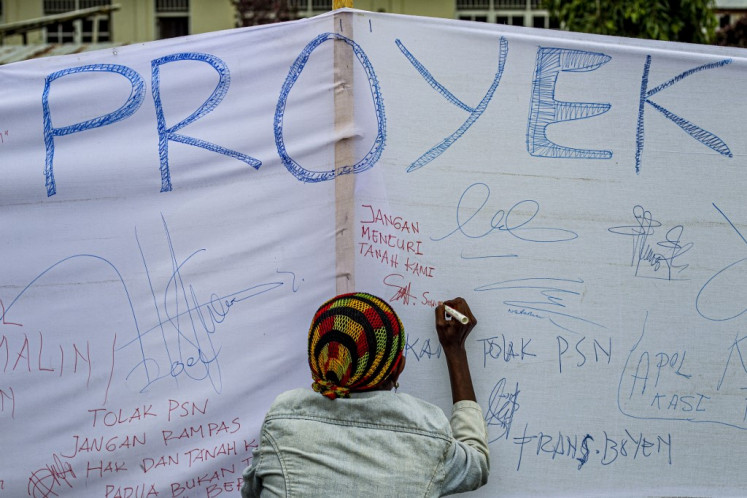Popular Reads
Top Results
Can't find what you're looking for?
View all search resultsPopular Reads
Top Results
Can't find what you're looking for?
View all search resultsElevating ASEAN’s role in peace and prosperity
The ASEAN secretary-general needs to be vested with the capacity of a chief executive officer, allowing him or her to play a more strategic but tactical role in resolving regional issues.
Change text size
Gift Premium Articles
to Anyone
T
he growth of ASEAN in recent years and the increasingly complex geopolitical scene today call for more proactive regional cooperation. New challenges, such as the United States’ withdrawal from many global initiatives, escalating political and economic tensions worldwide, climate issues and disasters, require ASEAN to redefine its approach in order to effectively play its part.
The founding of ASEAN 58 years ago was a political breakthrough by Southeast Asian leaders, which was an innovation intended to present a united and strong region. Over the years, ASEAN has matured and is often referenced as a model of a multilateral organization. Its achievements are attributable to its principles of non-interference, consensus-building and quiet diplomacy, which have traditionally guided its interactions.
However, ASEAN's traditional state-centric model has been hampered by a slow, consensus-based decision-making process. This has often made the organization feel like a "crossroads", where ideas meet but fail to move forward.
Some of the unfinished problems that have plagued the region include the disputes in the South China Sea, where negotiations on a code of conduct have been moving at a snail’s pace, and the protracted crisis in Myanmar, where the military junta has largely ignored the five-point consensus. The Thai-Cambodia conflict further tests the organization's ability to act decisively when member states have differing priorities.
Climate issues and disasters are also a persistent phenomenon, recurring frequently and affecting the region's economic development by destroying infrastructure and disrupting supply chains. A reliance solely on governments is simply inadequate to address these challenges facing Southeast Asia today.
It is time to rethink the role of ASEAN. What is ASEAN's role in delivering peace and prosperity? How can it become an agent for peace and prosperity in the region and, at the same time, emerge as a new multipolar force in the southern hemisphere?
There are several models from ASEAN's past that can serve as a reference to enhance ASEAN’s role. One such model is the ASEAN response to Cyclone Nargis in 2008, which stands as a successful innovation by ASEAN leaders.

